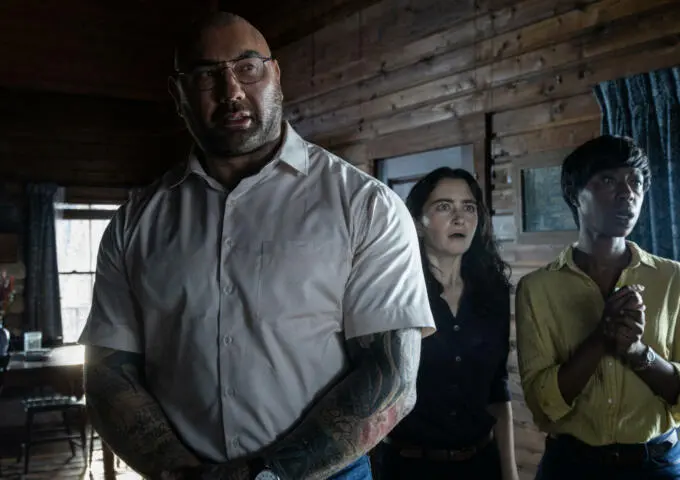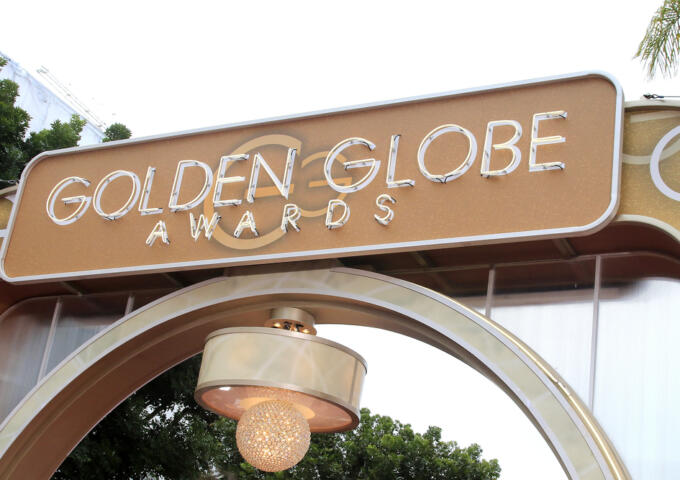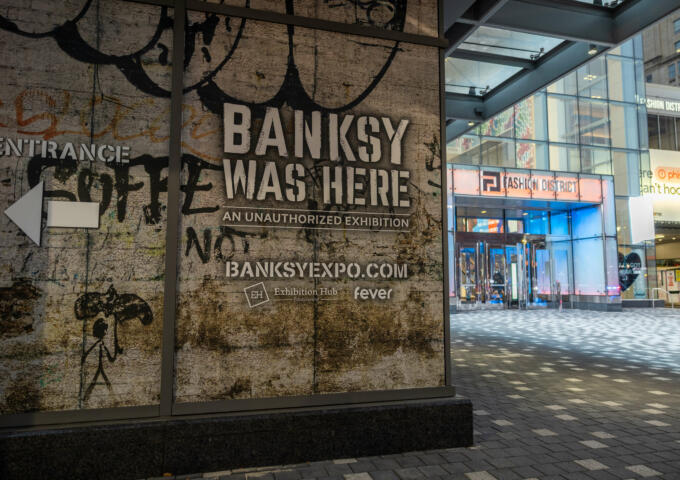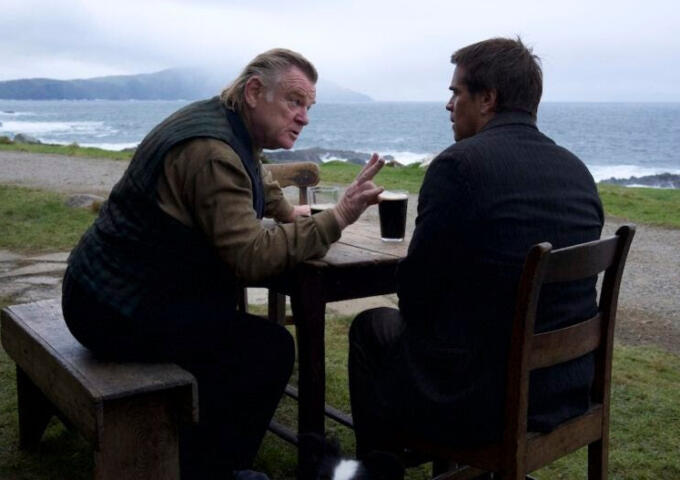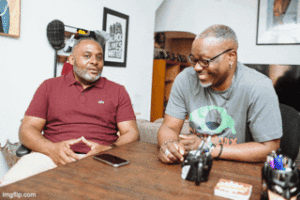
Truth be told, this conversation about Black iconography and what makes an image memorable is just part of one that’s been ongoing for years. The two of us, Len Webb and Vincent Williams, host a movie podcast called “The Micheaux Mission.” Named in honor of Oscar Micheaux, the father of Black cinema, our podcast tagline spells out the mission statement: “Two men, one podcast, every Black film ever made.” Every week since 2015, we watch a movie and we critique that film from the perspective of two Black men. As time has gone by, we find ourselves fixated on aspects of Black film that have transcended the work and penetrated the culture. Lately, we’ve been referring to those images as a “Denzel Tear.”
And Denzel’s tear is a great place to start because, man, how powerful is that? It’s a static shot of a young Denzel Washington, baldheaded and expressionless with that one tear streaming down his face. You’ve seen it a million times within the context of memes and jokes over the past few decades. Now, if you’re a bit of a movie buff, you may know that it comes from the 1989 film “Glory,” but have you ever seen the movie? More importantly, as the years go by, does it even matter if you’ve watched it or not?
For clarity’s sake: “Glory” is a fictionalized account about the 54th Massachusetts Infantry Regiment, the Union’s first Black regiment in the Civil War. Denzel Washington plays Silas Trip following his escape from enslavement. In the midst of their training, Trip goes AWOL in an attempt to find supplies that have been denied to the Black soldiers by a racist quartermaster. As punishment for his supposed desertion, Trip is lashed in front of his compatriots. While, arguably, this is the punishment for desertion, obviously a Black man being whipped by a white man in the midst of the Civil War adds a level of undeniable racialized gravity to the event. Stoically, proudly, angrily, Denzel Washington is silent throughout the whipping. The camera tightens on the character and we see one lone tear falling down his stonily visaged face. And this image is something that has reverberated over the last 30 years to the point that (checks phone) if you search “Denzel tear,” hundreds of images, articles and videos pinpoint that exact moment.
So it’s a very powerful image, and it’s crazy to think about it, but that image, as powerful as it is, is also the moment where Denzel Washington is no longer a working actor. This is the moment that Denzel Washington becomes a star. Certainly, he had made films before and he had already had a successful career as a television actor, but this is the moment that propels him into winning the best supporting actor Academy Award and, arguably, when he becomes a one name, iconic figure. This is the origin of the icon, Denzel.
It’s the “icon” in iconography that we’re interested in. While this is the first snapshot that elevated the actor into memedom royalty, if you will, it certainly wasn’t the last. Many of us express our frustration with work and life by posting the gif of Washington as Malcolm X slamming his fist on a desk. And we certainly can’t be the only ones who thank our friends by sending a picture of “Training Day” corrupt detective Alonzo Harris and his wolfish grin with, uh, a variation of the saying, “my associate of African-American descent” written underneath. Hell, Denzel is so Denzel that a picture of the icon, outside of the context of a movie, in a sweatsuit, rocking a mustache from his role in “The Magnificent Seven,” launched a thousand “old Black man says stuff” jokes.
If you’re so inclined to get into the metaphorical weeds of race and image, that last example is where it gets tricky. While it’s one thing to co-opt a picture from a fictional narrative, what is the responsibility of attaching meaning to a shot of the man when he’s not working? How does the concept of ownership inform the meeting of meme and identity? Not to get all “Black Mirror,” but is there some line that we shouldn’t cross as a culture? And what if the lines are super blurry? Less than a year ago, many of us were pretty invested in the complexities of Will Smith’s marriage to Jada Pinkett Smith and the definition of “entanglement.” It stands to reason that a couple’s marriage would be a private affair but, since the two televised an exchange on Pinkett Smith’s “Red Table Talk,” does that mean the image of Smith, red eyed and seemingly deflated, is fair game? And how does race inform this? Ownership of the Black body has been a challenge and subject of debate since before this country was a country.
Here’s another question: what did the journey into cultural iconography look like? Again, “Glory” is a film from 1989. Not to put too fine a point on it, but this is decades before the proliferation of images on social media and, hell, years before the average person utilized the internet at all. These images, whether we’re talking about the tear or the various images from “Friday,” all had to survive in the wild before they became fodder. Is there a pattern on the kind of imagery that survived that long? Conversely, without the ready-made medium of Reddit, Instagram, the role of algorithms, influencers, bots, etc., would the images that we trade in on the daily have the same resonance and staying power?
And we’re interested in talking about all of these whys. Why does the moment resonate? What does it mean? Why is it important? (Yes, one of the “whys” is a “what” but you know what we mean!) Hopefully, you’ll agree that a picture can be worth (checks word count and tries not to get too distracted by the meta-ness of the words “word count” counting toward the word count …) one thousand words.



